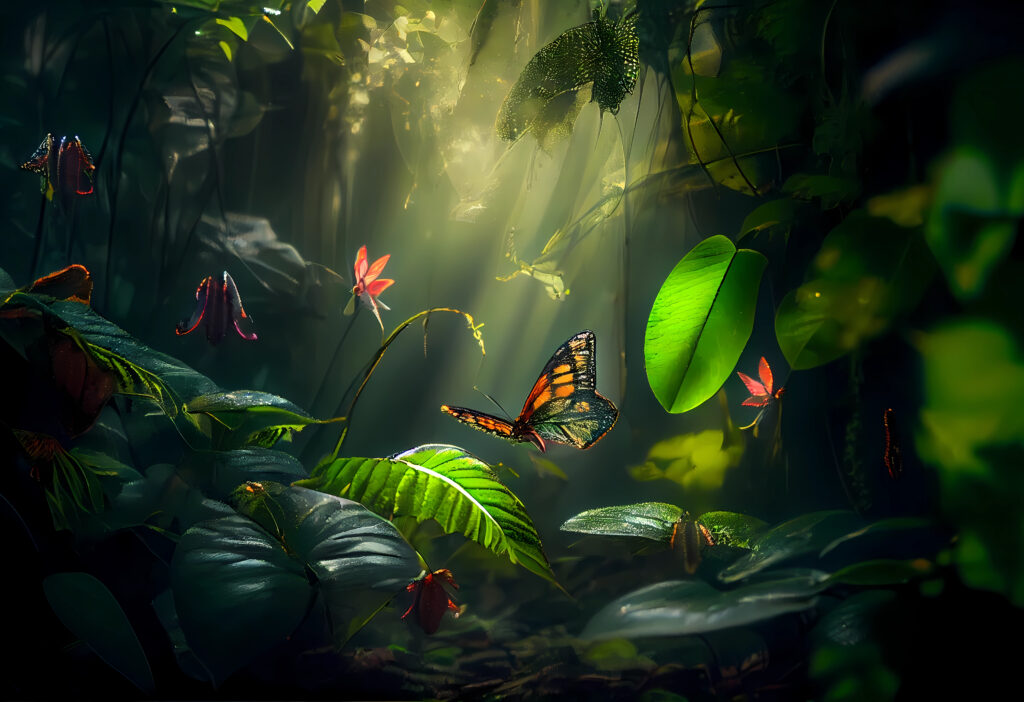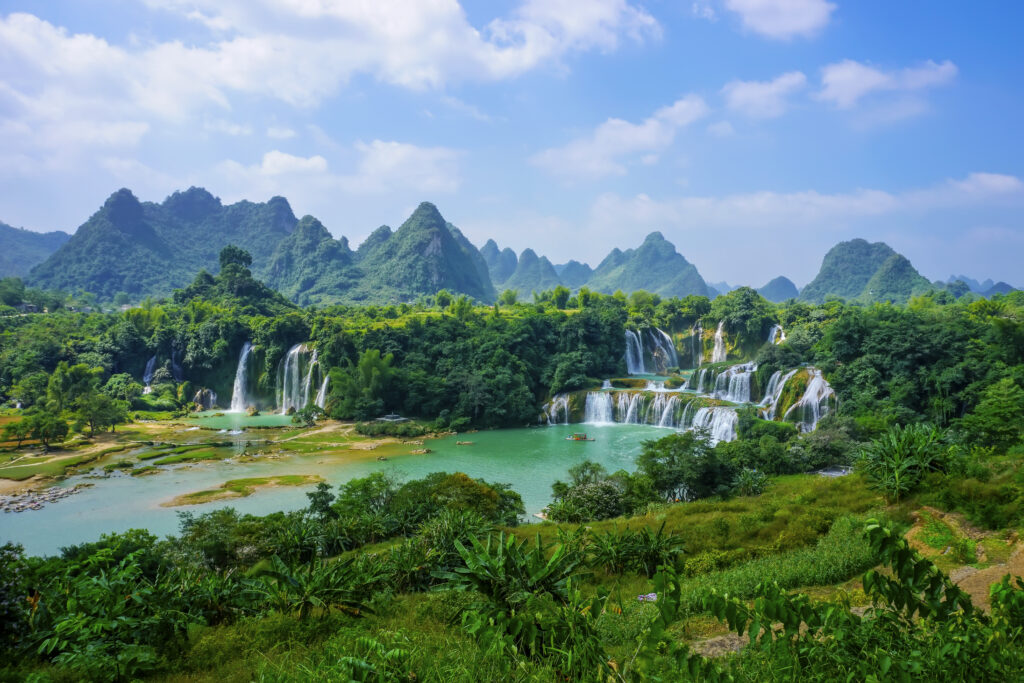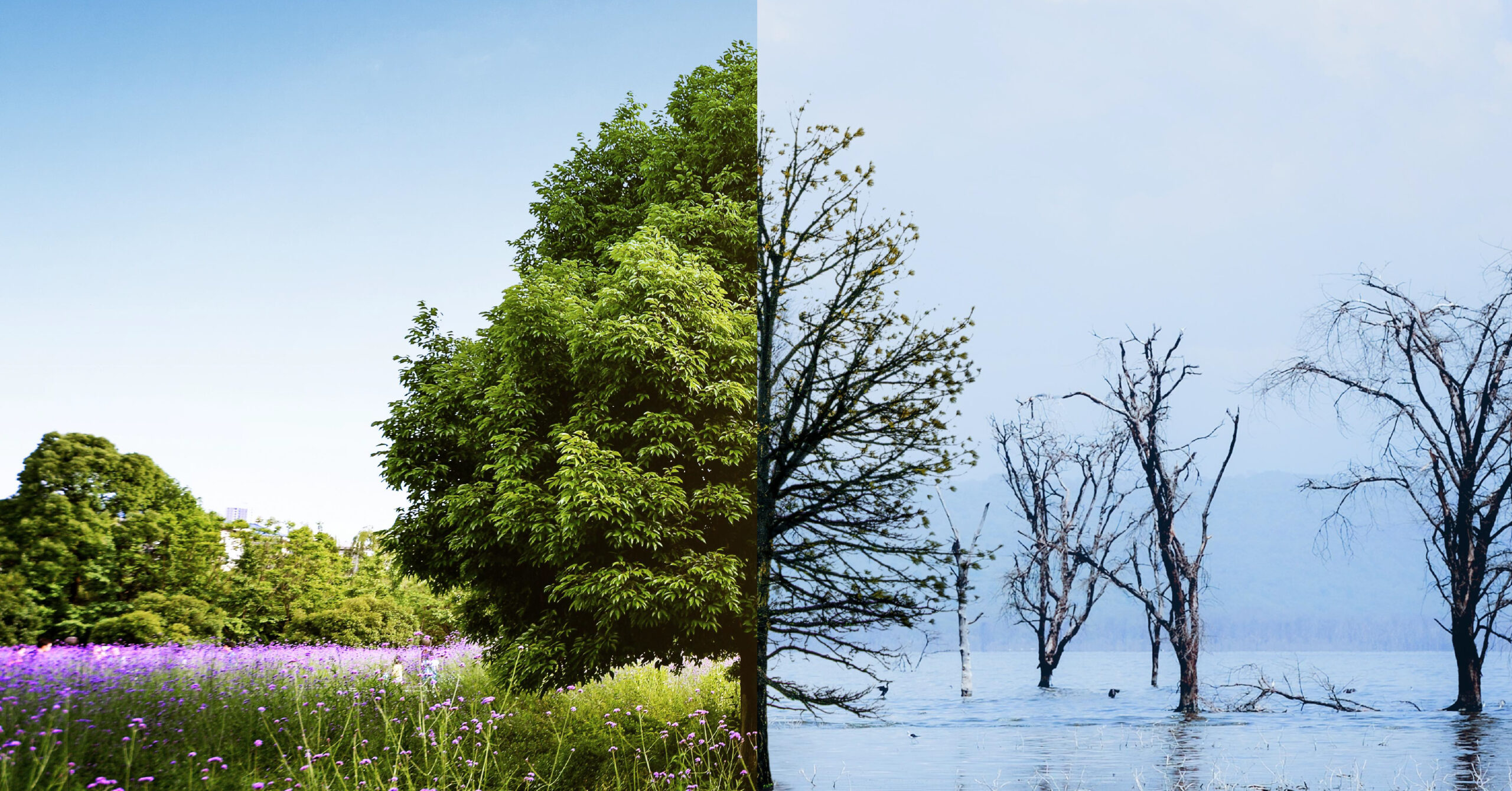Introduction
Setting the scene, the introduction defines the “balance of nature” and highlights how crucial it is to preserving ecosystem health. It acts as a hook to draw in readers and introduce the main idea of the piece.
Historical Perspectives
The evolution of ecosystems across time is examined in this section, emphasizing how they have evolved and altered. It explains in detail how human activity has upset the natural equilibrium in the past and sets the stage for the current problems.

Components of Nature’s Balance
In this case, the essential components that make up the natural equilibrium are highlighted. The discussion of biotic (living) and abiotic (non-living) variables highlights the complex interactions that exist between species and their surroundings.
Ecological Succession
Primary and secondary succession are distinguished when elucidating the idea of ecological succession. This demonstrates the resilience seen in nature by showing how ecosystems bounce back and change following shocks.
Human Disruptions to the Balance
The detrimental effects of human activity on the natural equilibrium are discussed in detail in this section. It is investigated that pollution, habitat loss, and deforestation are the main causes of ecosystem disruption.
Climate Change and its Impact

The article highlights rising temperatures and extreme weather occurrences as it looks at the larger consequences of climate change on nature’s equilibrium. It is discussed how susceptible the flora and wildlife are to these changes.
Conservation Efforts
The introduction strikes a hopeful note by outlining international programs designed to save animals and advance sustainable lifestyles. The emphasis is on the ways in which these initiatives support and uphold the natural equilibrium.
The Role of Predators and Prey
The symbiotic relationship between predators and prey is explained in this section, with a focus on how they regulate population dynamics. One important aspect of preserving a balanced ecosystem is the interconnectivity of organisms.
Adaptations in Nature
The adaptability of nature is examined, illustrating the processes by which species change to endure in their particular settings. Genetic diversity and natural selection are highlighted as essential components.
The Delicate Balance in Aquatic Ecosystems
The essay next turns its attention to aquatic ecosystems, showing how equally vulnerable they are to disturbances brought on by humans. The devastation of coral reefs and overfishing are two striking instances of how delicate aquatic ecosystems are.
Case Studies on Imbalances
Extensive historical accounts of extinction events and ecosystem breakdowns are analyzed. These case studies offer actual instances of the dire repercussions that might arise from upsetting the natural order.
The Butterfly Effect in Nature

This section describes how tiny changes in one area of an ecosystem can have a big impact by using an analogy to chaos theory. Even seemingly insignificant human actions can have far-reaching effects.
Educational Initiatives for Balance
It is underlined how crucial it is to teach the next generation about the harmony of environment. It is suggested that promoting ecological knowledge and conservation behaviors is essential to developing a sense of responsibility.
Future Challenges and Solutions
The article discusses the enormous obstacles to preserving the natural equilibrium in the future. It also offers a ray of hope by talking about technology advancements and how crucial it is for everyone to work together to overcome these obstacles.
Conclusion
The main ideas are summed up in the conclusion, which emphasizes how important it is to maintain the natural equilibrium. The book closes with a call to action, imploring readers to share in the duty of preserving the environment.

“Unlocking the Secrets: The Astonishing Balance of Nature Revealed!”

